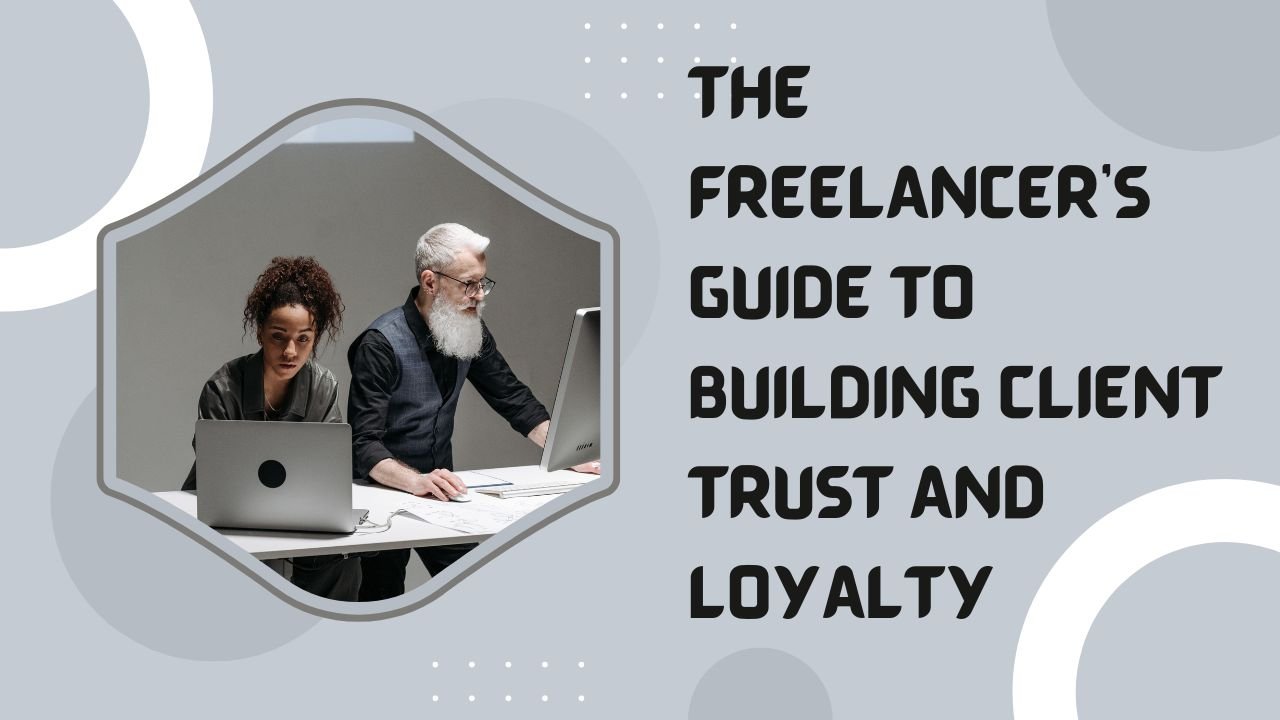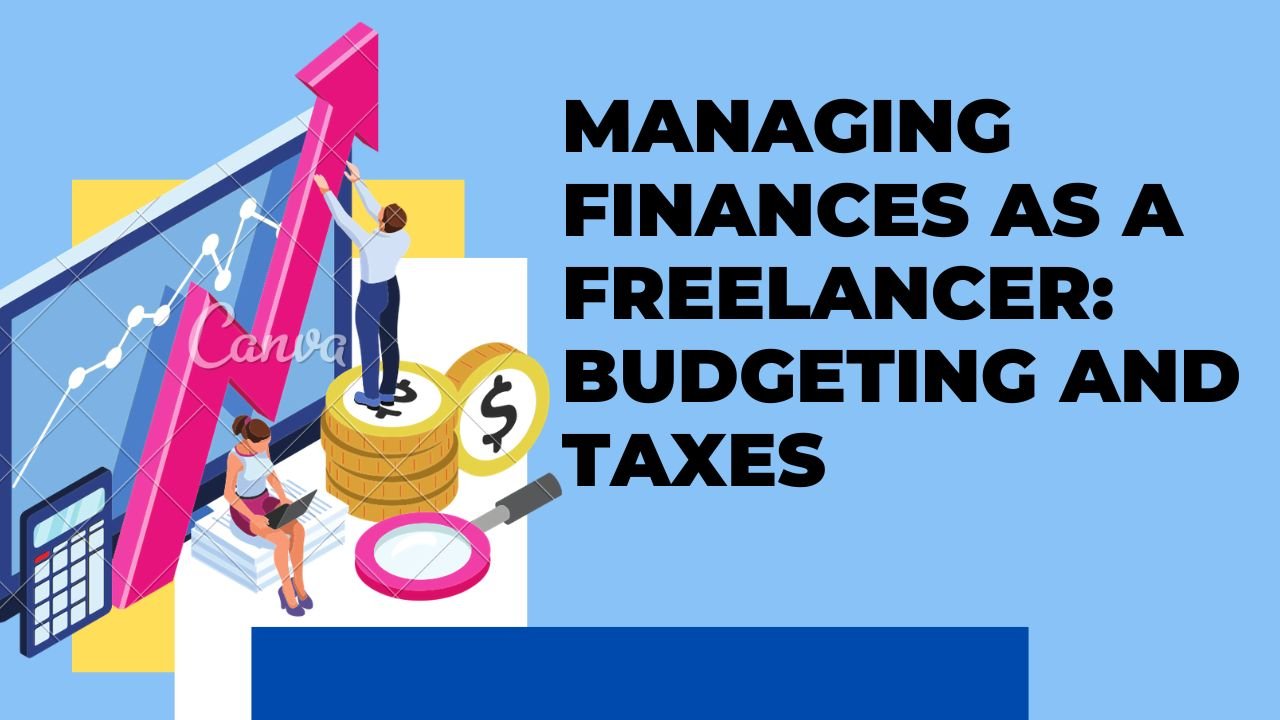As a Freelancer’s, you know how important it is to have a steady stream of clients who value your work and pay you well. But how do you attract and retain such clients in a competitive market? How do you build trust and loyalty with your clients so that they keep coming back to you for more projects?
Trust and loyalty are the foundations of any successful business relationship. They are especially crucial for freelancers who rely on repeat clients and referrals to grow their income and reputation. Trust and loyalty are not something that you can buy or demand from your clients. They are something that you have to earn and maintain by consistently delivering quality work, communicating effectively, and exceeding expectations.
In this article, we will share some tips and best practices on how to build trust and loyalty with your clients as a freelancer. Whether you are just starting out or already have a loyal client base, these tips will help you strengthen your relationships and grow your freelance business.
1. Communicate Clearly and Consistently
Communication is key to building trust and loyalty with your clients. You need to communicate clearly and consistently throughout the project lifecycle, from the initial proposal to the final delivery. Here are some ways to communicate effectively with your clients:
- Use their preferred mode of communication, whether it’s email, phone, video call, or messaging app.
- Respond to their messages promptly and professionally. Don’t leave them hanging or waiting for days for a reply.
- Update them regularly on the progress of the project. Let them know if there are any delays, issues, or changes in scope.
- Ask for feedback and input along the way. Involve them in the decision-making process and show them that you value their opinions.
- Be honest and transparent about your availability, rates, skills, and expectations. Don’t promise what you can’t deliver or overcommit yourself.
2. Deliver Quality Work Within the Deadline
The most obvious way to build trust and loyalty with your clients is to deliver quality work within the deadline. Quality work means work that meets or exceeds the client’s requirements, expectations, and standards. It also means work that is free of errors, plagiarism, or other issues that could compromise its quality.
To deliver quality work within the deadline, you need to:
- Understand the project brief and scope thoroughly. Clarify any doubts or questions before you start working on the project.
- Plan your time and resources wisely. Break down the project into manageable tasks and milestones. Set realistic deadlines and stick to them.
- Proofread and edit your work before submitting it. Use tools like Grammarly or Hemingway to check for spelling, grammar, punctuation, readability, and tone.
- Ask for feedback and revisions if needed. Be open to constructive criticism and suggestions for improvement. Make the necessary changes quickly and accurately.
3. Develop a More Proactive Approach
Another way to build trust and loyalty with your clients is to develop a more proactive approach to your work. This means taking initiative, anticipating needs, offering solutions, and adding value to your projects.
- Does not wait for instructions or directions from the client. They research the topic, industry, audience, competitors, best practices, etc., and come up with ideas and strategies on their own.
- Does not just do what is asked of them. They go above and beyond the scope of work by suggesting improvements, enhancements, or additional services that could benefit the client.
- Does not just deliver the final product. They provide support, guidance, training, documentation, or other resources that could help the client use or implement the product effectively.
4. Master the Art of Follow-Ups
Sending consistent and effective follow-ups is one of the most useful tactics for a freelancer to build a loyal customer base1. But it’s also one of the trickiest.
A follow-up is a message that you send to your client after completing a project or reaching a milestone. The purpose of a follow-up is to:
- Express gratitude for the opportunity to work with them
- Ask for feedback on your work
- Request a testimonial or referral
- Offer ongoing support or maintenance
- Pitch new or related services
- Keep in touch until the next project
- Timely: Send it within a few days of completing the project or milestone
- Personal: Address the client by their name and mention specific details about the project
- Polite: Thank them for their business and compliment their work or company
- Professional: Use a clear and concise tone and avoid slang or emojis
- Purposeful: Have a clear goal or call to action for the follow-up
5. Don’t Forget Your Past Clients
One of the biggest mistakes that freelancers make is to forget their past clients once they finish a project. This is a missed opportunity to build trust and loyalty with your clients and generate more work from them.
According to a study by Bain & Company, increasing customer retention rates by 5% can increase profits by 25% to 95%. This means that retaining your existing clients is more profitable than acquiring new ones.
To keep your past clients happy and loyal, you need to:
- Stay in touch with them regularly. Send them newsletters, updates, tips, articles, or other relevant content that could interest them or help them with their business.
- Celebrate their achievements and milestones. Congratulate them on their awards, launches, anniversaries, or other events. Show them that you care about their success and growth.
- Reward their loyalty. Offer them discounts, freebies, bonuses, or other incentives for repeat business or referrals. Show them that you appreciate their trust and support.
Conclusion
Building trust and loyalty with your clients is not a one-time thing. It’s an ongoing process that requires constant effort, attention, and improvement. By following these tips and best practices, you can create lasting relationships with your clients that will benefit both parties in the long run.




